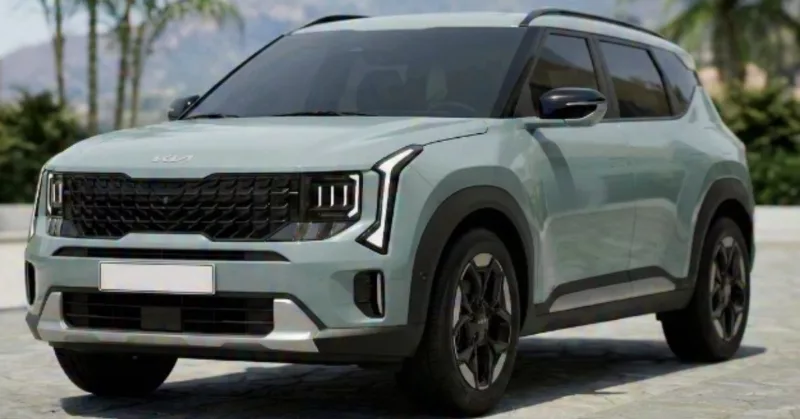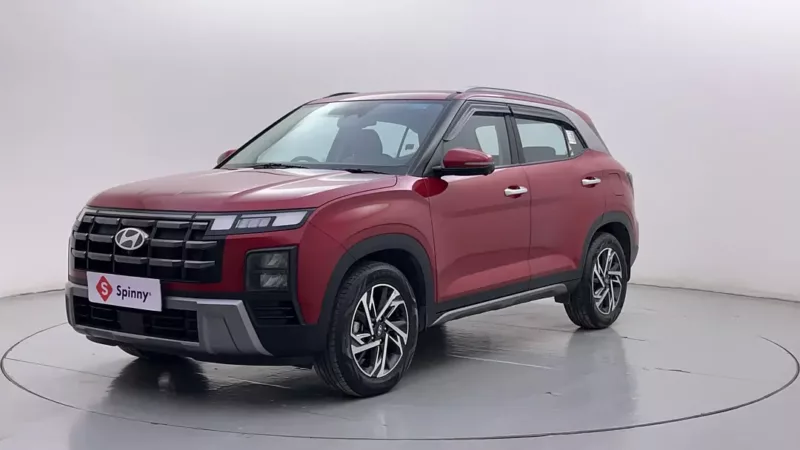In India, the arrival of monsoon is a relief from the heat of the summer. But once everything cools down, you start facing constant waterlogging and bad traffic jams.
The risk of accidents rises with lower visibility and reduced road traction in the rainy season.
But don’t worry. This monsoon, you can follow these maintenance and driving tips to prepare your car for the rains and also stay safe on the roads with a few changes to your driving habits:
1) Fix Wipers Before Summer Ends
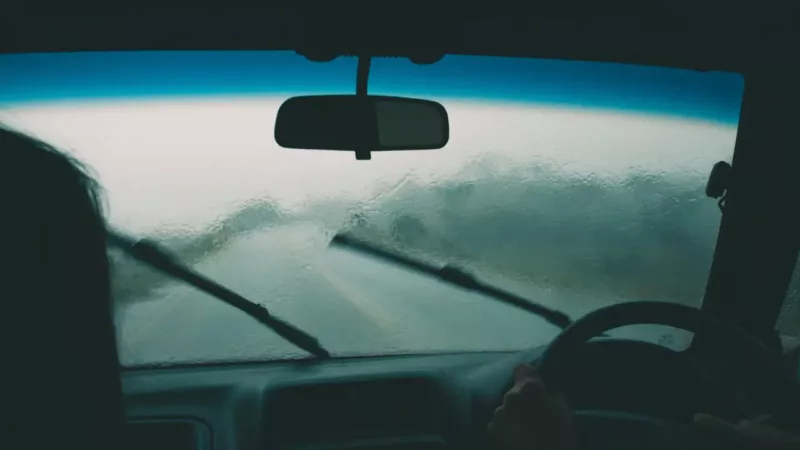
Wipers remain out of work for most of the summer season. This means any problem with them goes unnoticed until they are put to work again, often in the middle of a downpour. So do check the wipers once in a while even when you do not need them.
Wiper blades can wear out fast if used regularly and may harden up due to the oily fumes and dust. This results in scratches and uneven cleaning of the windshield. If the wiper blades are not working as they should, then a simple change of both blades is required to ensure even wiping throughout the monsoon downpours.
Another smart thing to do is to keep your wiper liquid filled to the brim at all times.
Your visibility can get compromised by the fog that forms on the windshield. To get rid of it, direct the flow of the air-conditioner onto the windshield.
Read more: When & How To Change Your Wipers
2) Small or Big – Get Headlight Cracks Fixed
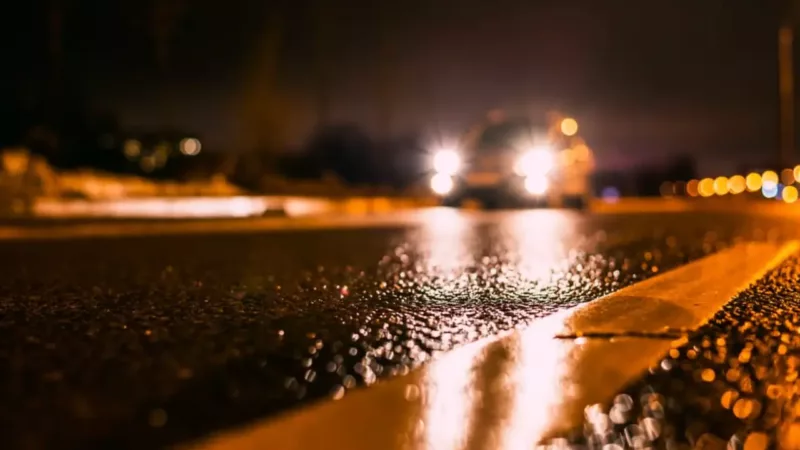
Since visibility goes for a toss in monsoon, make sure your car’s headlights, taillights, fog lamps and brake lights are well-maintained. Check for cracks or breakage on the glass of the lights to ensure water does not enter the light assemblies and cause unwanted fuses, which could be dangerous for you and your fellow commuters.
Keep your headlamps clean at all times. An old, time-tested way to get your headlamp reflectors monsoon-ready is to dab some toothpaste on a soft piece of cloth, rub it across on the glass surface, and then wipe it all with another damp, clean cloth.
Carry a few spare fuses in your toolkit, and make sure that all the external wires for the lights and fog lamps are properly insulated. Undoubtedly, these lights will be your saviour during a heavy downpour.
3) Pre-monsoon servicing is a good idea

This goes without saying. Summer months are tough for your car as it tolerates scorching heat under a punishing sun. Thus, it’s best to take your car to a professional for a proper checkup before your vehicle encounters waterlogged roads, and heavy traffic zones.
Make sure that the service centre performs a good check on the car’s battery and its brakes.
4) Press brakes a few times on waterlogged roads
The brakes of your car are the worst victims of the rainy season. Water often seeps into them, leading to loss of braking power and efficiency. Thus, make sure that the brake oil level is correct and the handbrake functions properly.
While driving on wet and slippery roads, you may have to hit the brakes unexpectedly. So push the brake a couple of times while driving through waterlogged streets. This generates heat in the brake rotors, helps in drying the brakes and gives sufficient stopping power when you need it the most.
5) Take cues from the car ahead of you
It’s probably something you’ve heard or practiced before but one of the easiest ways to keep your car out of trouble in the rainy season is to take cues from the car driving ahead of you. If you notice a car similar in size as yours driving and struggling to cross a patch, avoid taking a risk by powering on anyway.
Changing your route in the middle of traffic is not easy, which is why you should try to start early on grey, overcast days. By avoiding peak traffic you not only save time but also have a better chance of putting the gear in reverse and taking an alternate route to escape a super uncomfortable, even hazardous situation.
6) Keep Corrosion away with Anti-Rust Spray
A car’s metal frame protects the internal parts from moisture. If your car is getting on in age, an anti-corrosion treatment will help protect the chassis from corroding moisture. You can opt for an anti-rust spray or coating under the body of the vehicle. You could also:
Get a wax coating done: Alternate wet and dry spells can cause the paint to peel and fade. To protect the car’s paint, it is recommended to get a wax coating done before the rains hit.
Coat the car’s battery terminals: apply some anti-corrosion grease to your battery terminals to protect it from rust.
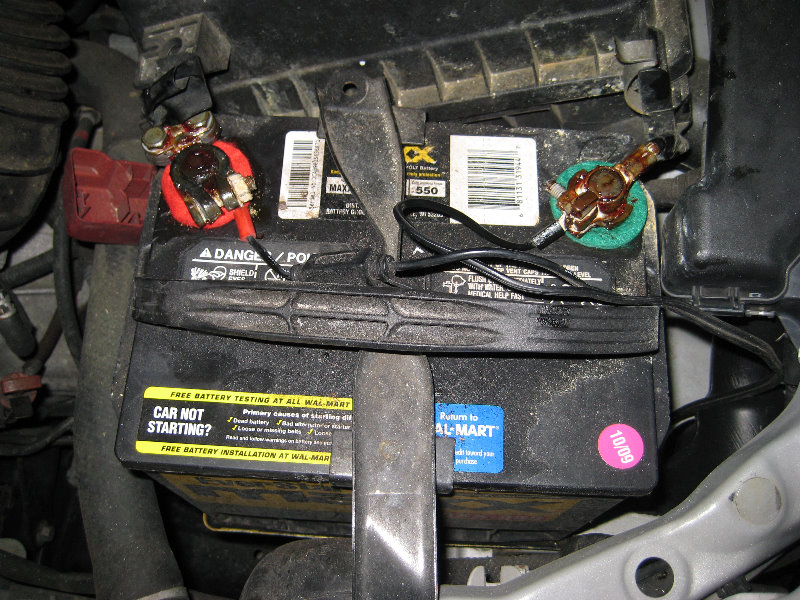
7) Check your tyres’ tread depth
Be certain that your tires, even the spare, have good pressure levels and maintain a tread depth above the safety limit defined by the tyre manufacturer. The grooves on a tyre help in quick dispersal of water from between the road and the tyre contact patch. Thus, a worn-out tyre that falls below the safety limit results in compromised grip and stability, and may cause your car to skid on wet surfaces. Replace it immediately.
While driving in the rain a properly inflated tyre will ensure the car has maximum grip on slippery surfaces, reducing the chance of skidding. An underinflated tyre will be prone to punctures while negotiating hidden potholes while an overinflated tyre will reduce the contact patch on the road, thus reducing the grip available and increasing the chances of skidding. A properly inflated tyre will ensure you are not left stranded on the road on a rainy day.
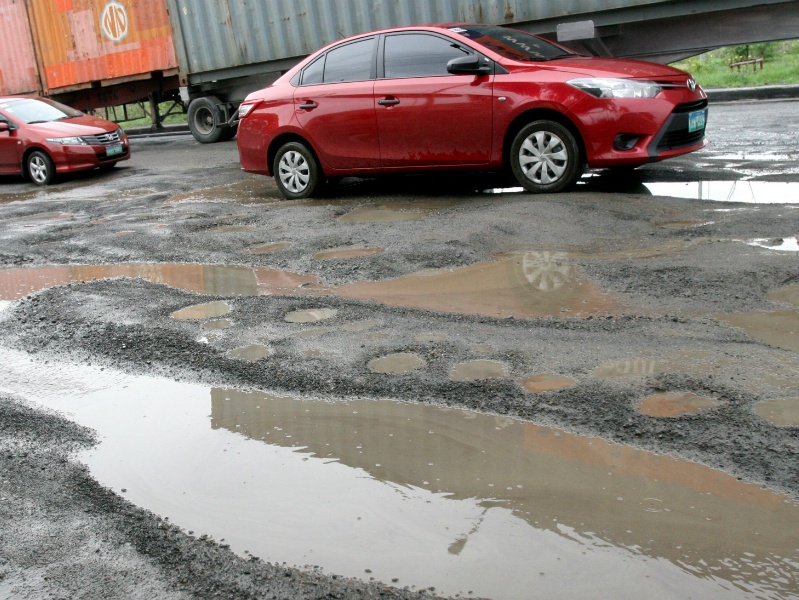
8) Roll windows all the way up
Pretty obvious, eh? But this actually happens more often than you think, especially if you have kids with you. In the rainy, leaving windows open, even a few inches, can badly dampen your interiors, your seats or even flood your car in a matter of hours.
When parked out in the open, always give your windows a second glance just to make sure they’re rolled up all the way. And if there’s a problem with your windows that won’t let you do that, get it fixed before the onset of rains.
9) Kill bad smells with charcoal
In monsoon, it’s almost impossible to escape muddy shoes, wet seats and floors that leave your car smelling of mould. While you can try to keep your car dry, this less known hack can be your key to an odour-free car in the rainy season.

Important Driving Tips To Remember
Exercising caution & taking precautions can be the difference maker in your safety on roads during monsoons. Always follow these important driving tips to ensure the safety of your car & your loved ones on the roads.
- It is advised to not drive at high speeds during the monsoon to avoid a dangerous situation called aquaplaning/hydroplaning. This is when a layer of water forms between the road and the tires, causes loss of friction and may lead to accidents.
- If you cannot find alternative, relatively dry roads, make sure your car is in the first/second gear before entering the water.
- Keep a balance between the clutch and the accelerator while driving through deep puddles or patches of water.
- Maintain adequate distance from other vehicles ahead of you.
- If the visibility is near zero, it’s best to stop until the downpour ends or turns to a drizzle.
- Revving the engine is recommended so that the water is forced out of the exhaust.
- Always switch on the headlights and the tail lights when visibility is poor. This provides you a clear view and also makes your car visible to other drivers on road.
